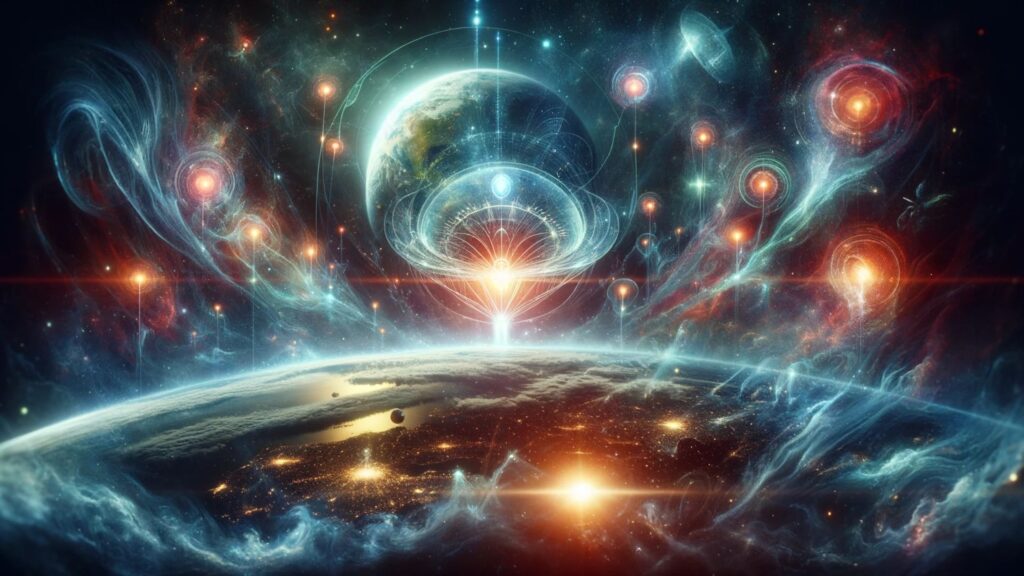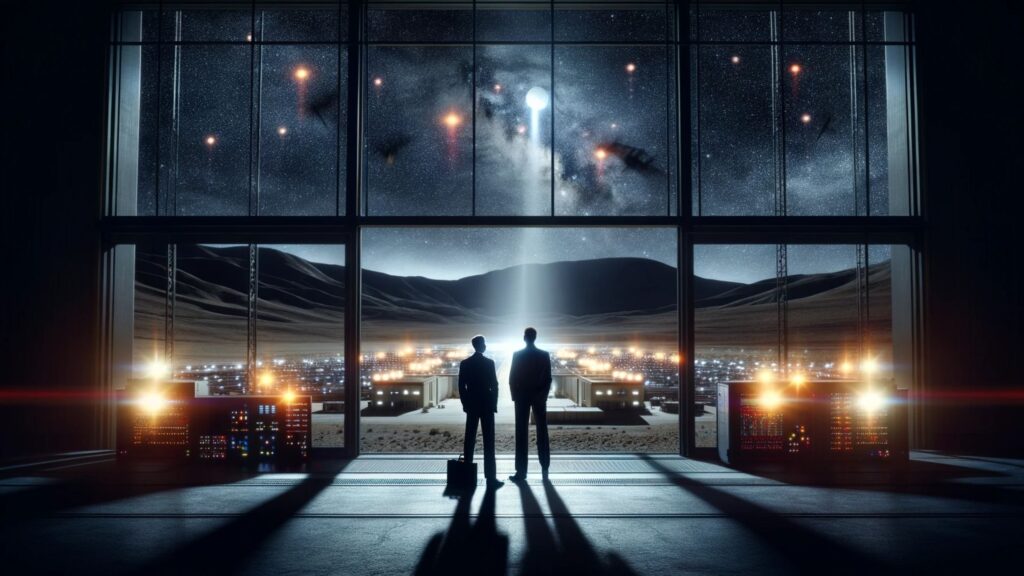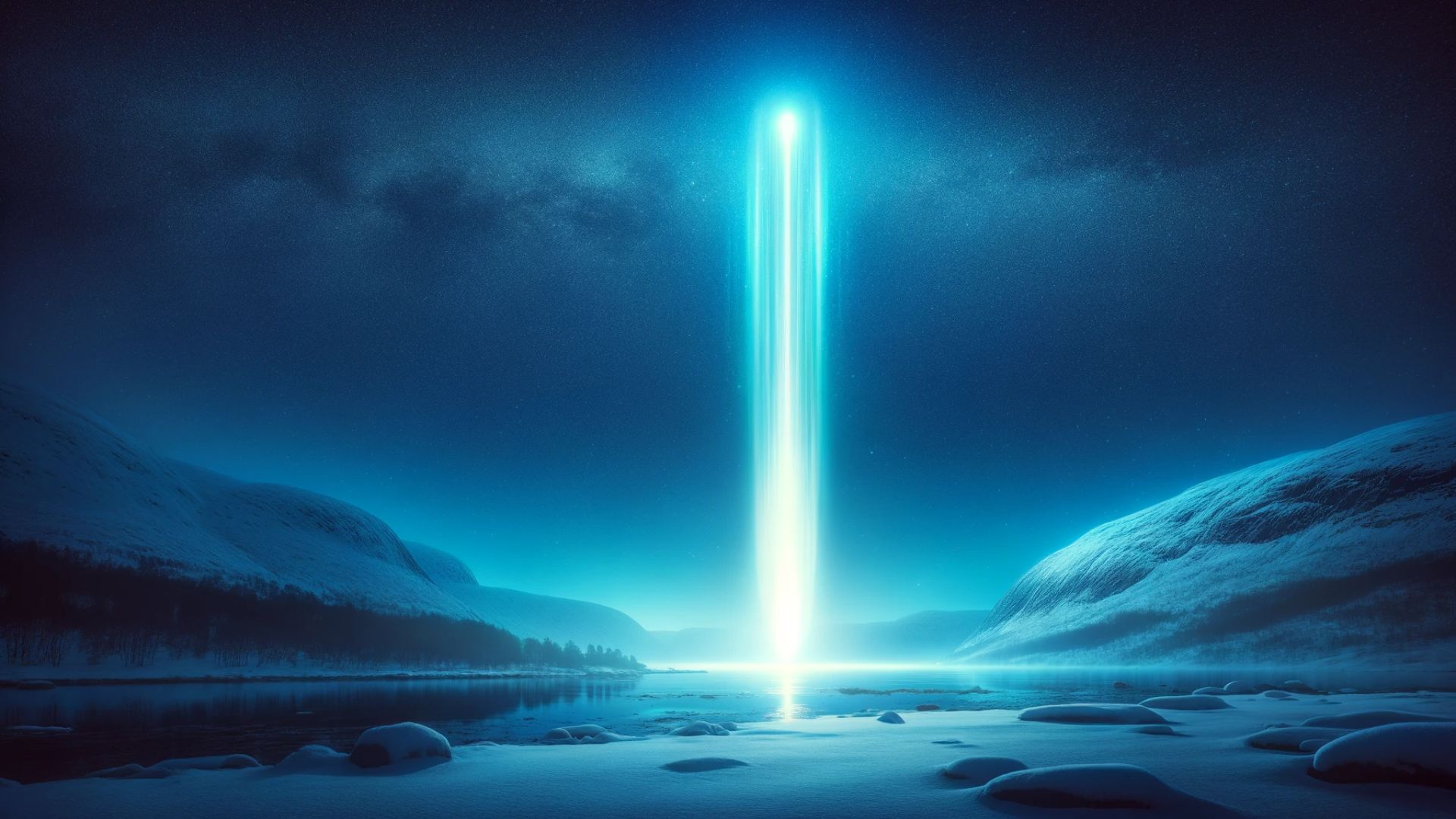“In the beginning, God created the heaven and the earth… And God said, ‘Let there be light’: and there was light.”
This profound biblical passage from Genesis has echoed through ages, not just as a spiritual assertion but as a metaphor in the realm of physics, where light is the beginning of understanding the universe. Today, we stand at the brink of a revolutionary concept in theoretical physics – the L-force, or the Light Luv Field Theory. This theory proposes a bold unification of General Relativity (GR) and Quantum Mechanics (QM) through the fundamental essence of light.
Understanding Light in the Realm of Physics
Since time immemorial, light has been a subject of fascination and study. From the ancient Greeks’ theories about its nature to Einstein’s revolutionary ideas about its speed, light has always been at the forefront of scientific exploration. The L-force theory presents a new chapter in this ongoing investigation, suggesting that light is not just a carrier of energy but a fundamental force influencing the universe’s structure and dynamics.
The Essence of Light in Theoretical Physics
The L-force theory posits that light, or more specifically, its density in the fourth dimension, is the key to unifying the seemingly incompatible realms of GR and QM. This concept revolutionizes our understanding of the universe, suggesting that light’s intrinsic properties could be the answer to long-standing mysteries in physics. By viewing light as a universal force – the L-force – this theory opens up new pathways for understanding gravity, inertia, and the fabric of spacetime itself.
The Revolutionary Concept of the L-force Theory
The L-force theory stands as a monumental stride in our quest to decipher the universe. It suggests that light, in its density and behavior, holds the keys to the mysteries of spacetime. This part of the article would delve into the core principles of the L-force theory, examining how it seeks to bridge the gap between the macroscopic laws of General Relativity and the microscopic rules of Quantum Mechanics.
Implications for Modern Physics
If proven, the implications of the L-force theory for physics and our understanding of the universe would be immense. It could redefine our understanding of gravity, potentially explaining phenomena like black holes and the expansion of the universe in new light. Moreover, it might offer insights into dark matter and dark energy, two of the most elusive subjects in modern astrophysics.
Future Directions and Challenges
The final section of the article would focus on the potential future research directions prompted by the L-force theory. It would also address the challenges and skepticism that accompany any revolutionary scientific theory, emphasizing the need for empirical validation and peer review in the scientific community.
The Revolutionary Concept of the L-force Theory

The L-force theory reimagines the fabric of the cosmos, placing light, or more specifically, its density, as the centerpiece of the universe’s architecture. This revolutionary theory posits that light’s behavior and density in the fourth dimension could be the bridge linking the vastness of General Relativity with the minuteness of Quantum Mechanics. In essence, the L-force could be the long-sought-after thread that weaves together the macroscopic and microscopic tapestries of the universe.
Implications for Modern Physics
The potential implications of the L-force theory are staggering. If validated, it could redefine our understanding of fundamental forces like gravity, offering new perspectives on black holes, the universe’s expansion, and the very nature of spacetime itself. This theory might even shine a light on the enigmatic dark matter and dark energy, providing a more comprehensive understanding of these mysterious constituents of the cosmos.
Future Directions and Challenges
As with any groundbreaking scientific proposition, the L-force theory faces the dual challenges of empirical validation and academic scrutiny. Future research will need to focus on experimentally testing the principles of the theory, seeking evidence that supports its unifying claims. The path to acceptance in the scientific community will be paved with rigorous peer review and replication of results, a journey that all revolutionary theories must undertake.
Bridging the Cosmic Scales

At its core, the L-force theory presents a unifying perspective that could connect the vast, curved spacetime of General Relativity with the quantum world’s subatomic particles. This approach could help us understand the universe’s behavior at both the grandest and tiniest scales, potentially offering a more comprehensive framework for physics.
The L-force and Cosmological Mysteries
One of the most exciting prospects of the L-force theory is its potential to provide insights into the universe’s greatest mysteries. For example, the theory could offer new ways to conceptualize dark matter and dark energy, shedding light on the forces driving the universe’s expansion. Furthermore, it could help clarify the nature of black holes, providing a novel understanding of these enigmatic cosmic phenomena.
Experimental Validation and the Road Ahead
The true test of the L-force theory lies in its empirical validation. Future experiments and observations will be crucial in either supporting or refuting the theory’s predictions. Scientists will need to devise innovative methods to measure and analyze light’s behavior and density in ways that align with the theory’s postulates.
The path ahead is filled with challenges, but also the potential for groundbreaking discoveries that could reshape our understanding of the universe.
This article has explored the revolutionary potential of the L-force theory in unifying GR and QM through the lens of light as a fundamental force. As the scientific community moves forward to test and challenge this theory, we may stand on the cusp of a new era in our understanding of the cosmos.
The L-force in the Quantum Realm

The quantum realm, with its inherent unpredictability and peculiar behaviors, presents a significant challenge to physicists. The L-force theory posits that by understanding light as a fundamental force, we could potentially unravel some of quantum mechanics’ most perplexing mysteries. This could lead to a more unified view of phenomena such as particle-wave duality and quantum entanglement.
The L-force and Future Technologies
If the L-force theory holds true, it could pave the way for groundbreaking advancements in technology. We might see the development of new energy sources, propulsion systems, or even novel methods of communication, all leveraging the unique properties of light as conceptualized by the L-force theory.
Conclusion
As we stand at the frontier of this potentially revolutionary idea, the L-force theory invites us to reimagine our understanding of the universe. While it faces the hurdles of validation and acceptance, its promise to unify the grand and the minuscule offers an exciting prospect for the future of physics.

